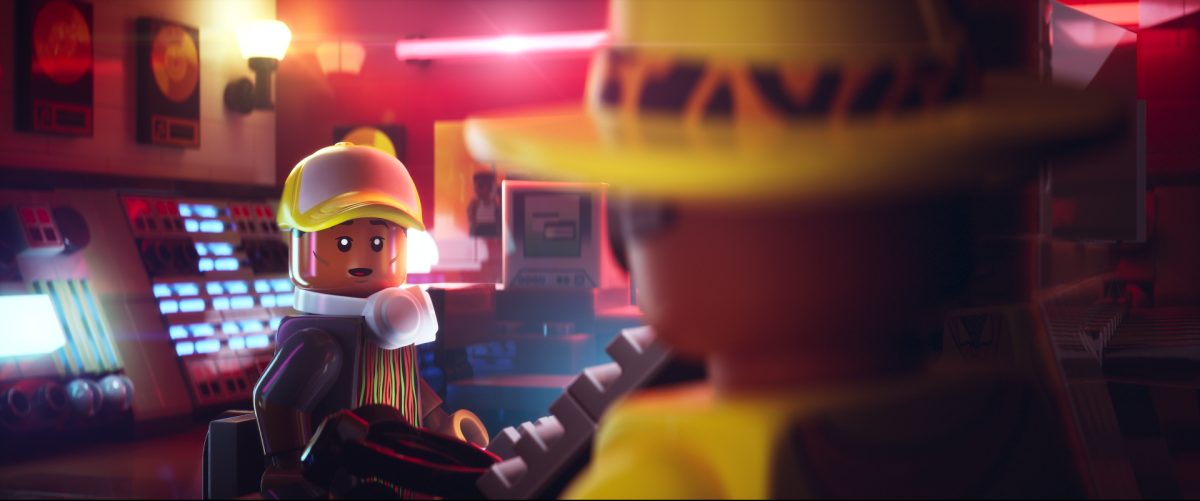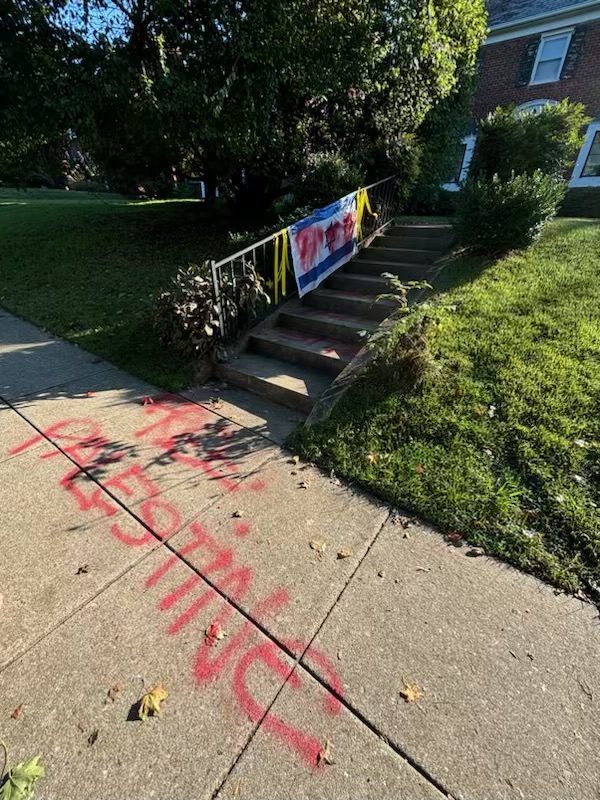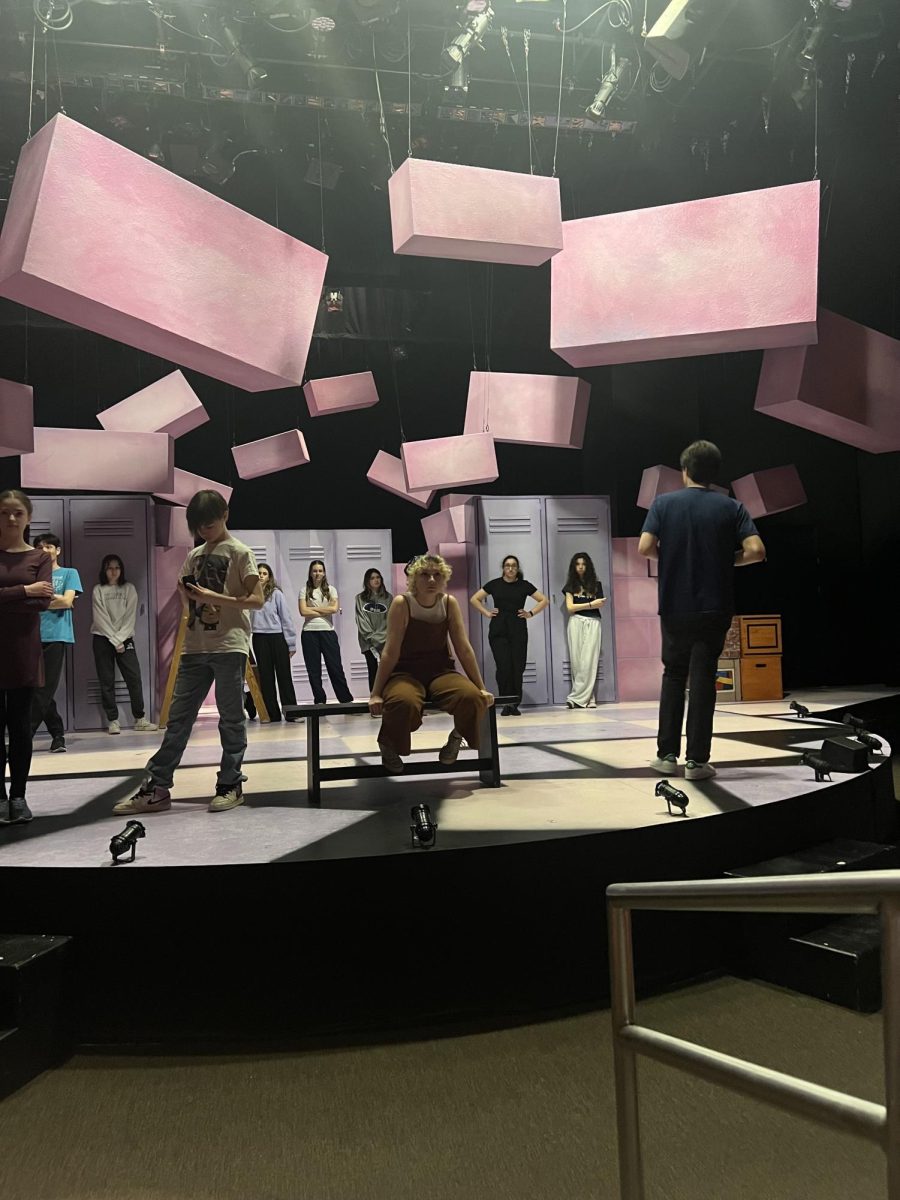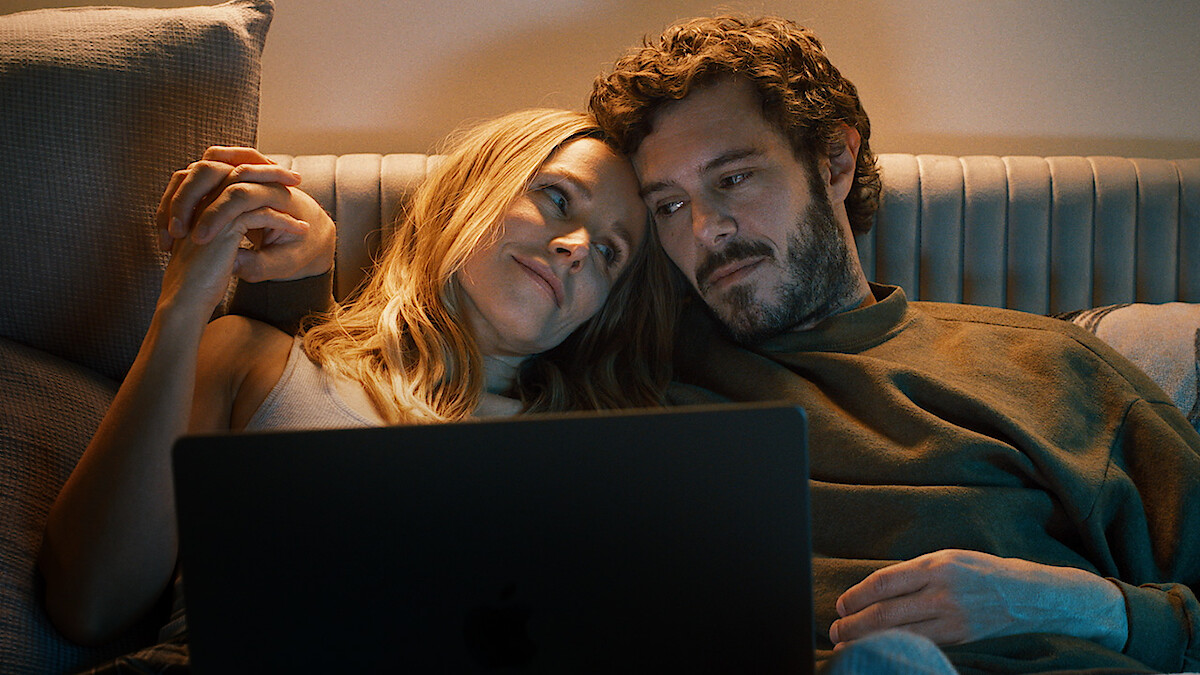Recycling done right
June 5, 2023
One piece of paper can live a fairly short life. From its initial transformation from tree to paper, it can be used once and thrown away, hence concluding its time in the paper supply. However, if that piece of paper is placed into a recycling bin, it can be used over and over, in use for much longer than it would if it were to be thrown into a landfill.
Recycling allows for the reuse of materials such as plastic, paper, aluminum and cardboard, which not only saves natural resources but also reduces the emission of greenhouse gasses such as carbon dioxide and methane. Many hold the belief that recycling is “not worth it,” and therefore don’t. While 20-25% of recycled items are not actually reused, it is still important to acknowledge the difference the remaining 75% has the potential to make.
Sophomore Josie Silverberg acknowledges this impact, and tries to motivate others to recycle as well.
“If you have the opportunity to make a difference, [it is a] no brainer,” Silverberg said.
Silverberg noted that at times, there are only trash cans available, which can make recycling inconvenient and difficult.
In 2021, Maryland recycled 42.5% of its waste and is actively trying to increase this figure through initiatives such as Single Stream Recycling and Pay-As-You-Throw Programs.
Single Stream Recycling allows for all permitted recyclable materials to be put out in the same container on the same day to be recycled, which makes it easier for Marylanders to recycle. This system was put into place in Montgomery County in 2015, which made the entire recycling process much more efficient. Pay-As-You-Throw is a program that only requires members to pay for the garbage they set out instead of a set price. When implemented in Carroll County, Maryland, the initiative saw a 44% reduction in waste, as well as an almost doubled recycling rate among residents.
Despite their benefits, these types of initiatives don’t always provide education on what can be recycled, making such campaigns less effective.
Another recent change in Montgomery County recycling policy is the recent permittance of commingled materials. Director of Operations and Security Bill Belke said that the school recently shifted from two recycling dumpsters to one, as the separate dumpsters were only necessary when commingling materials was restricted. Additionally, the school shifted to recyclable dishes for lunch. This includes the clam shell containers as well as the salad bar bowls. In order for these to be recycled, students should throw any remaining food in a trash bin and rinse off remaining residue on the containers, if there is any.
Many students view this as an inconvenience, and very few actually ensure that their waste is clean before recycling it. This could potentially contamiate nearby materials, making them unfit for recycling properly.
Additionally, students place the wrong materials in the recycling bins. If caught by the maintenance staff, it can then be placed in the proper bin. It is not always caught, though, and this can lead to contamination at recycling facilities. Non-recyclables can jam the machines and injure the employees that sort them.
Moreover, materials with food on them are also poor candidates for recycling. Cardboard goods, such as pizza boxes, cannot be recycled due to the grease from the food they carry. It is therefore essential that students check the school lunch dishes for grease and residue before recycling in order to prevent complications in the recycling process. In addition, students should always be separating plastic bottles from their caps before recycling as they are two different materials and need to be recycled separately.
STEM teacher Rustom Meyer said that packaging and single-use plastics are two large contributors to plastic waste. Meyer advocates for recycling and encourages others to do so.
“Even though [recycling is] a flawed system, it is better than just using up a huge number of natural resources [by] using them once and throwing them away,” Meyer said. “How could I take something that I use once every day and replace it with something that I can reuse somehow? That really goes a long way.”
Students can follow Meyer’s advice by consciously making an effort to reduce the amount of disposable plastics they use. Whether that’s buying a new water bottle, eating less take out or bringing reusable bags to the grocery store, it makes a difference. And in some cases, when plastic usage is necessary, simply ensuring that it is recycled properly is still incredibly impactful.








